The author (right) took a photo with Mr. Nguyen Dung, typist, Cuu Nuoc newspaper at the shelter at HC2 Ba Long - Photo: PS
From here, we continued our walk along the Ho Chi Minh trail, stretching out between the mountains. After 5 days of climbing forests, wading through streams, and having to cross into Laos, we finally reached our destination, the Tri-Thien Party Committee.
Upon arrival, we were not able to return to the battlefield immediately but had to stay at the Party School of the Regional Committee to attend an elementary political class. The Party School of the Regional Committee was located more than 2 hours walk from Cao Boi slope, where in summer as well as winter, the clouds covered the whole year round, and sunlight was rarely seen.
After more than 40 days of closing classes, I was assigned to Quang Tri province to take up work. At that time, the provincial agencies were stationed in Ta Rut commune, Huong Hoa district, a fairly safe location, because since July 15, 1968, after the US troops had to flee Khe Sanh because they could not withstand the stormy attacks of our army and people, the South-North Huong Hoa area was liberated, we had completely controlled the mountains and forests.
Upon returning to Quang Tri, the Provincial Party Committee's Organizing Committee introduced me to work at the Provincial Party Committee's Propaganda Department. The Propaganda Department at that time was headed by Mr. Nguyen Van Luong, member of the Provincial Party Committee's Standing Committee, the Deputy Head was Mr. Ho Nhu Y, who was also the Editor-in-Chief of the Cuu Nuoc newspaper, and Mr. Nguyen Loan, the Deputy Head, was directly in charge of the Provincial Party School.
It was called an agency but there were only 6 thatched houses built in a half-submerged, half-exposed style (often called huts) hidden discreetly under the dense forest canopy. The newspaper Cuu Nuoc was edited by Ho Nhu Y, the Editorial Secretary was Nguyen Kim Uynh, the reporters included Nghiem Sy Thai (when I arrived, Thai had returned to the plains); Thi Huong, Vu The Suy, Le Van Can (Binh Phuong), Vu Cuong were reporters from the News Agency but worked with the newspaper. In addition, there was Tran Thanh Lam, a painter specializing in wood carving large headlines and sketching images, Thanh was a technical officer repairing cameras, typewriters, Roneo printers and participated in filming Dynamo with the Radio Team.
The 15W radio station team had 4 people, the projection team had 4 people, a printing workshop had 10 people and 11 office staff including typists, nurses, warehouse keepers, caterers, security guards... with Mr. Cuong as the Chief of Office. After reading the letter of introduction from the Provincial Party Committee's Organizing Committee that I gave him, Mr. Ho Nhu Y shook my hand firmly and said: "It's great to welcome more people from the North. Now you come back to work as a reporter for Cuu Nuoc newspaper. First of all, you will follow and record slow-read news on the Voice of Vietnam and Liberation Radio with Comrade Can.
Every day, there are 4 news bulletins that I read slowly, write down, edit into my own news and articles, and then give to Mr. Kim Uynh to process. With my help, Mr. Can was very happy because he had another collaborator. Mr. Can gave me the Radio Orionton and said: "This week you write in the afternoon, I write in the morning, next week it will be the other way around." I said, I already have a Sony Radio so you can keep the Orionton in your place and suggested that we should each work one day to have time to edit, Mr. Can agreed immediately.
The next day, I got to work quite smoothly. Because during the days in the North, I often turned on the radio and recorded the slow news about the war on the battlefield, then edited it and announced it to my brothers to listen to, everyone really liked it.
Moreover, thanks to the practical life experience from the years of working on the Dong Gio Linh battlefield, when I heard about it, I could imagine how to fight and what kind of fighting style it was. After 5 days of careful and meticulous work, I edited 6 news reports and wrote a rather attractive report to submit to Mr. Uynh. Holding my manuscript in one hand and a cigarette rolled in the style of the PaKô people in the other, he narrowed his eyes and smiled, "You're very good, good! A new reporter is different."
He signed the draft and gave it back to me, saying: “Take it and give it to Mr. Y for him to sign. After signing, give it to Mr. Luan, the radio station leader, to send it to Hanoi immediately.” I followed his instructions and unexpectedly, the very next morning, my news was broadcast on the Voice of Vietnam Radio and 5 days later my article was published in the Cuu Nuoc newspaper.
The newspaper at this time was not published on a regular schedule, but depended on the amount of news, articles, photos and current events on the battlefield, but there had to be one issue every week. By the fourth week, the newspaper published three of my articles at once. After reading the newspaper, Mr. Ho Nhu Y called me and said: "You write very well, reading your articles, people think you were directly present at the events, even if I hadn't met you, I would have thought so.
But there is one thing you need to pay attention to so that it doesn't happen again, you know? It's because a newspaper can't have 3 articles written by one person, you can write freely, the newspaper can publish 4 to 5 of your articles at a time but you have to use a pen name, otherwise readers will think the newspaper is so rare, the Editorial Secretary is also responsible for this shortcoming."
So my pen names Phan Trung Chinh and Ha Linh Giang were born right in Ta Rut land and I actually became a reporter for Cuu Nuoc newspaper (the agency of the National Liberation Front of Quang Tri province).
It must be said that Ta Rut is not only a safe base, but also a place with quite beautiful scenery, especially the Ta Rut River which is both beautiful and has a lot of shrimp and fish. Here, every afternoon after returning from farming, we often gather to bathe and meet with each other among the Provincial Party Committee's Committees to listen to and exchange information about the war situation in the delta.
Time passed by, I welcomed another spring in the mountains and forests of the West - the spring of Nham Ty in 1972, this was the 8th year I had to celebrate Tet away from home. Even though it was Tet in the forest, there were still two great joys: the material things had improved, there was pork and chicken; there was river fish, bamboo shoots stewed with pig's feet, there was banh tet wrapped in sticky rice and there was also doac wine of the Pako ethnic group...
As for the spirit, this is the spring of "attack and uprising" so everyone is full of enthusiasm. About 10 days after Tet, the organization organized a farewell party for Mr. Nguyen Van Luong, member of the Provincial Party Standing Committee, Head of the Propaganda Department for the Delta. Also returning to the Delta this time were Mr. Thi Huong, Vu Cuong and some comrades from the departments.
After Mr. Nguyen Van Luong returned to the delta for more than half a month, the Voice of Vietnam and Liberation Radio continuously reported news and articles reflecting the resounding victories of our army and people on all battlefields in the South, including the Quang Tri front, making us all happy and eager to return to the delta immediately, and my work of writing news and articles also increased.
By April 2, 1972, Gio Linh and Cam Lo districts were completely liberated, we were ordered to move to HC2 (Rear Base 2) in Ba Long. Before moving to Ba Long, Mr. Ho Nhu Y told me to meet Mr. Dung, the typist and warehouse keeper, to exchange the Zennit camera for a new Pratica and 3 rolls of film. Hearing that, Mr. Cuong, the Chief of Office, told me: "Returning to Ba Long means returning to the war zone, the resistance capital of Quang Tri during the anti-French period. Returning there, the mountains and rivers are very beautiful, you can freely compose, take photos, and write poems."
But the war kept breaking out so there was no time to take photos or write poems. As soon as I arrived in Ba Long, I received orders from Mr. Y to return to the plains that afternoon, to follow the Eastern troops to attack Cua Viet port, then penetrate deep through Trieu Phong, coordinate with the Ai Tu troops to attack the center of Quang Tri town. For more than a month, we traveled, took notes, took photos and wrote to have news, articles and photos sent to the rear. By noon on May 1, 1972, Quang Tri province was completely liberated.
After that, the entire agency moved to Ha Thuong village, Gio Le commune, Gio Linh district and the Cuu Nuoc newspaper was renamed Quang Tri Giai Phong newspaper. I worked at Quang Tri Giai Phong newspaper for another 3 months and then transferred to the Department of Culture and Information, headed by Mr. Hoang Phu Ngoc Tuong.
Before I transferred my job, Mr. Ho Nhu Y told me: "I don't want you to leave journalism because you are a talented journalist. I intend to let you continue studying, but this is a requirement of the organization. You are a party member so you have to go back there to support Mr. Tuong because he is an intellectual who has just come from the enemy's area and is still unfamiliar with the country and things." I understood what he said and happily went to the Department of Culture and Information to receive the new assignment.
I worked at the Department of Culture and Information until the Paris Agreement on ending the war and restoring peace in Vietnam was signed. At the same time, my superiors appointed poet Luong An, Editor-in-Chief of Thong Nhat newspaper under the Central Unification Committee, to be the Deputy Head of the Department in charge of Culture and Information and foreign affairs, and Mr. Le Van An, Deputy Head of the Department in charge of organization and internal affairs.
As for me, my superiors sent me to Hanoi to study journalism at the Central Propaganda School, now the Academy of Journalism and Communication, and my life was devoted to journalism until I retired. Retired but still writing - because journalism is a profession that "does not retire"!
Phan Sau
Source: https://baoquangtri.vn/ta-rut-noi-toi-bat-dau-viet-bao-194393.htm


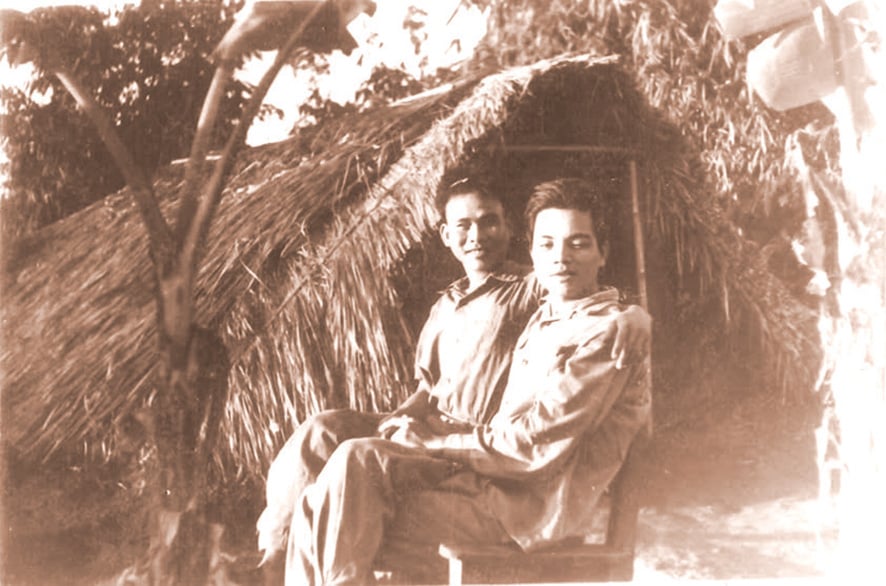


![[Photo] Da Nang: Hundreds of people join hands to clean up a vital tourist route after storm No. 13](https://vphoto.vietnam.vn/thumb/1200x675/vietnam/resource/IMAGE/2025/11/07/1762491638903_image-3-1353-jpg.webp)
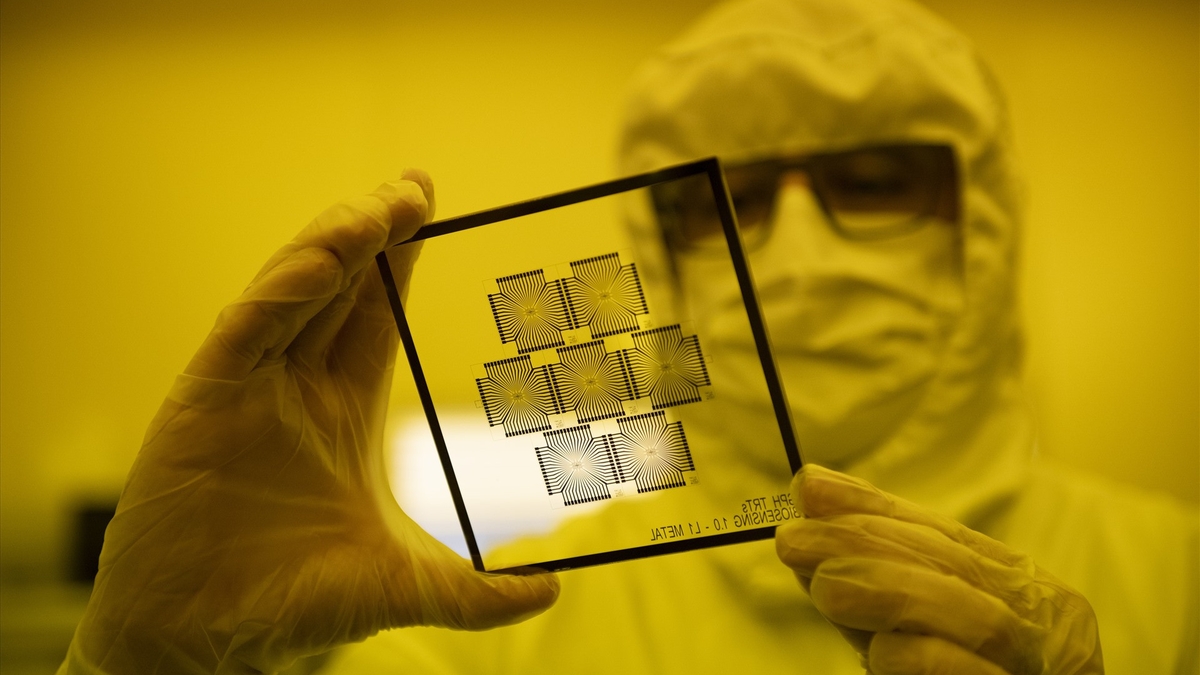


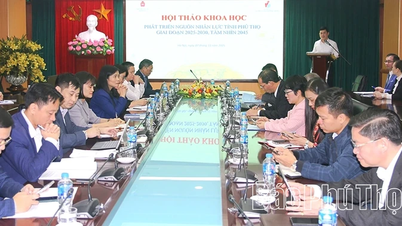



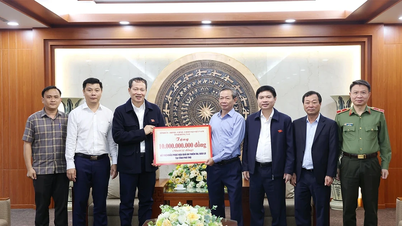
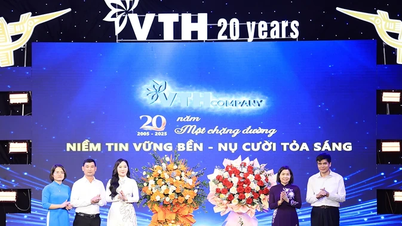
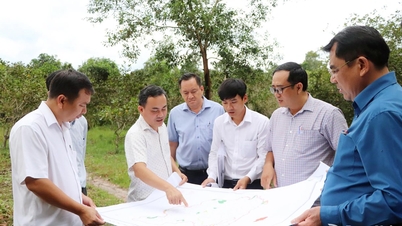

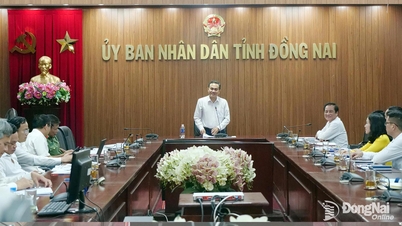
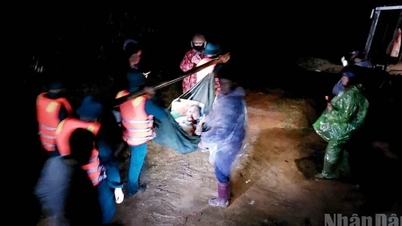







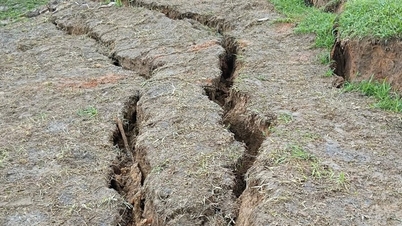


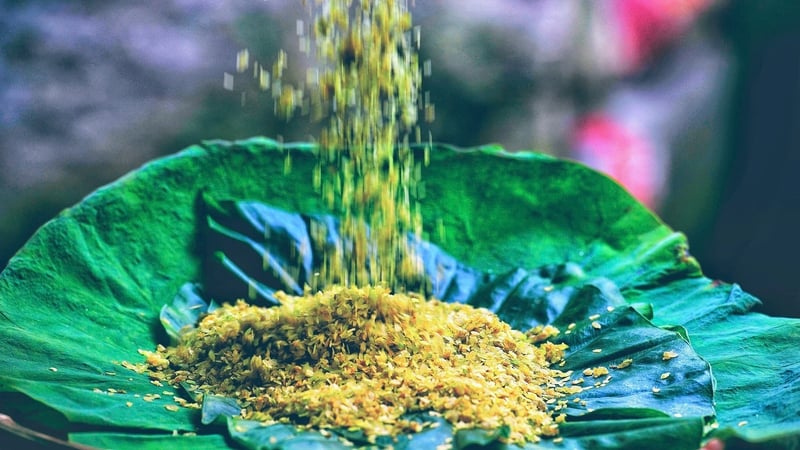




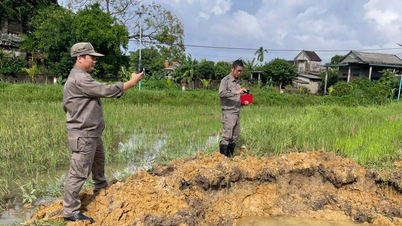

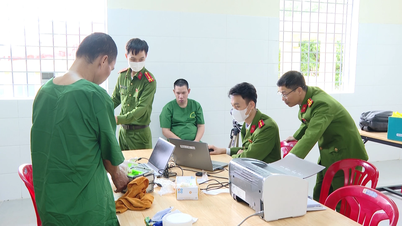






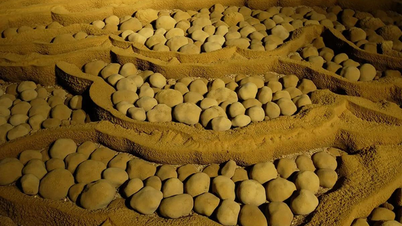

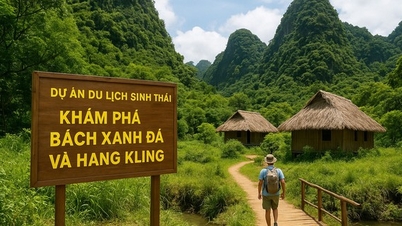




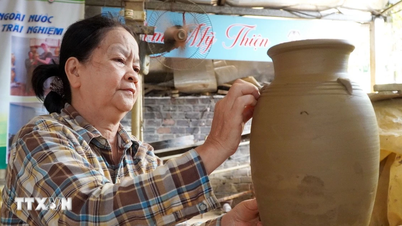

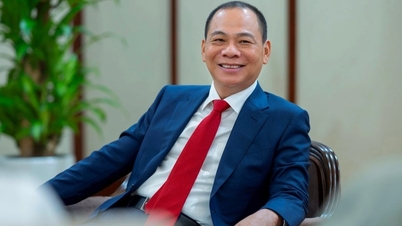


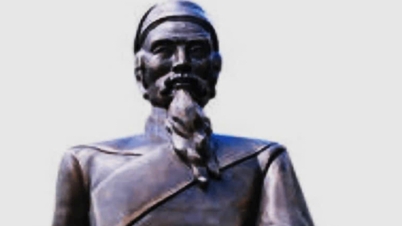

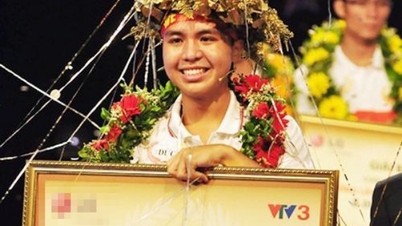



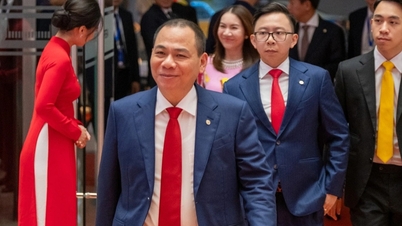


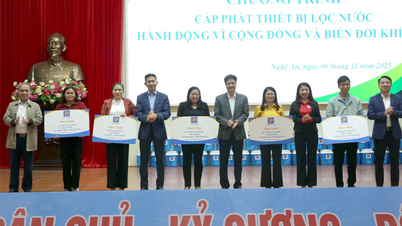


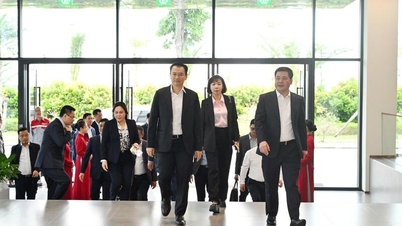
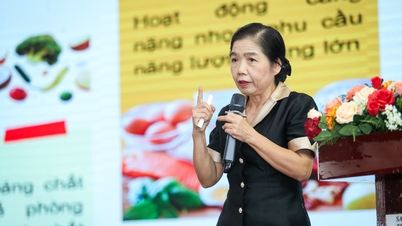


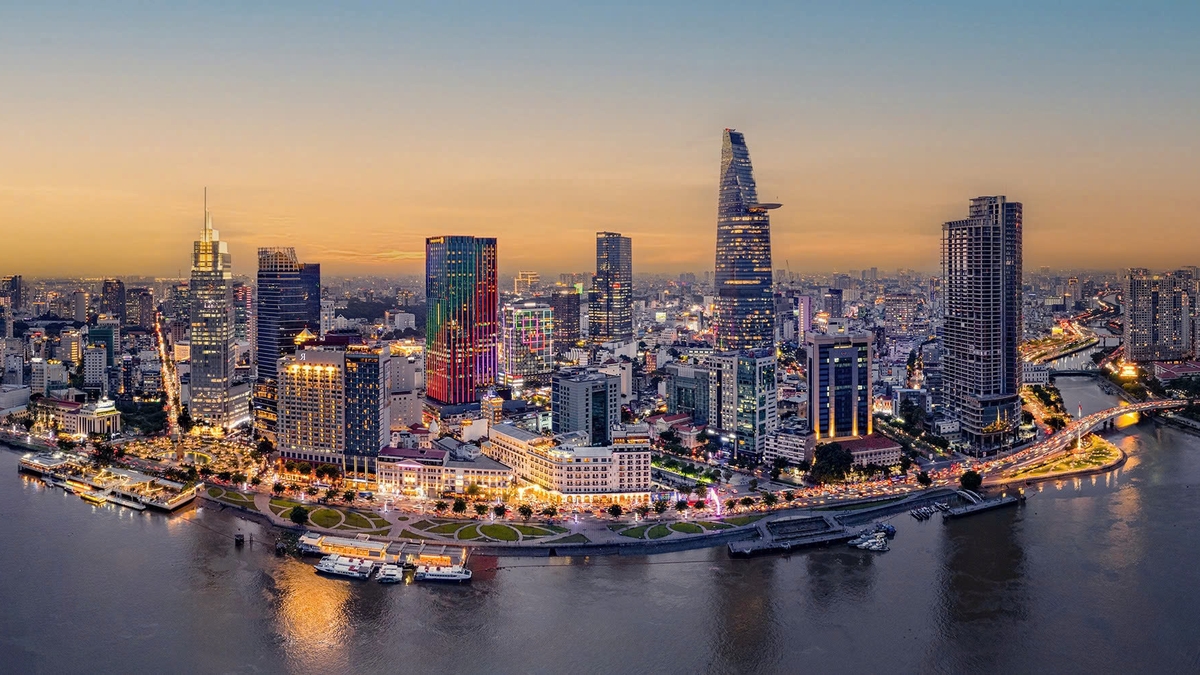




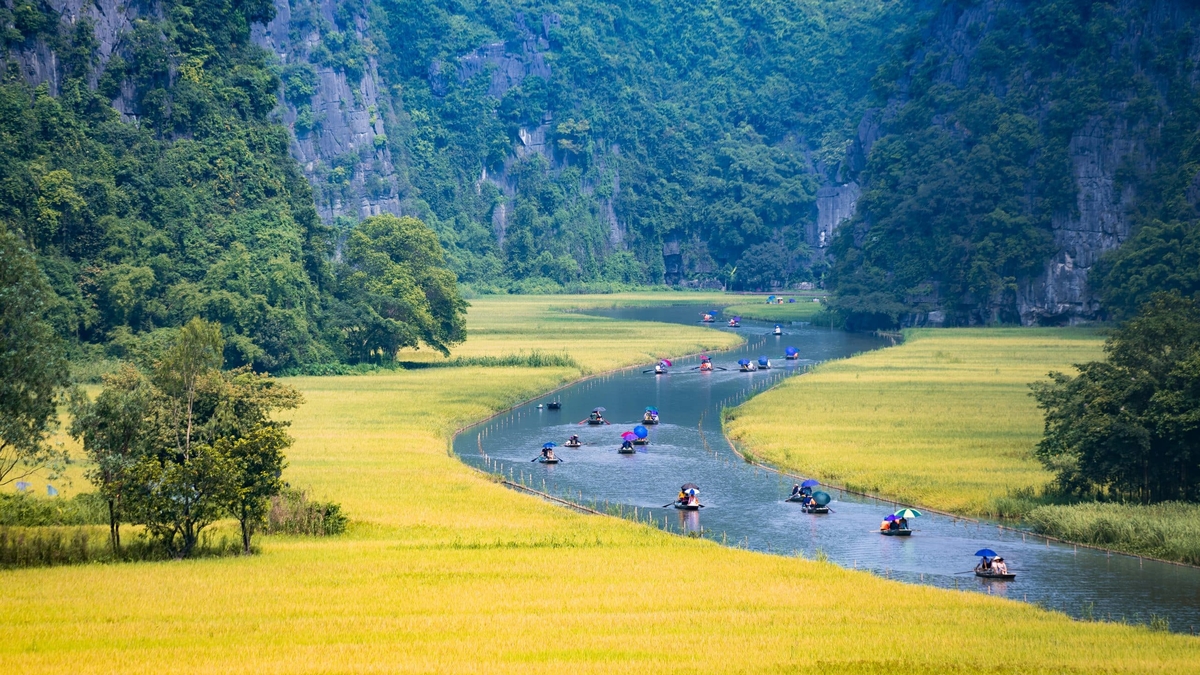


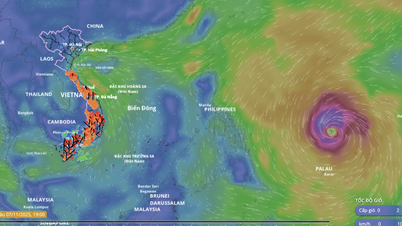







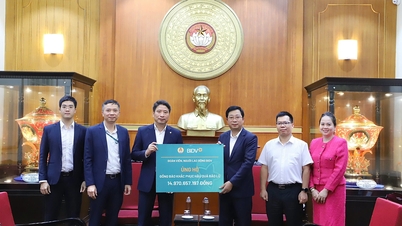

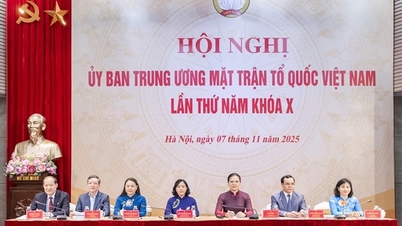
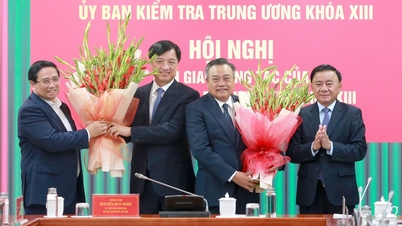
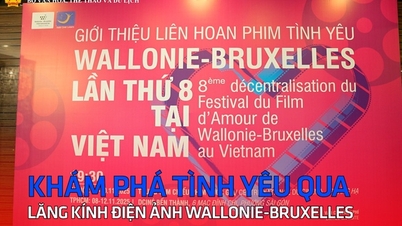



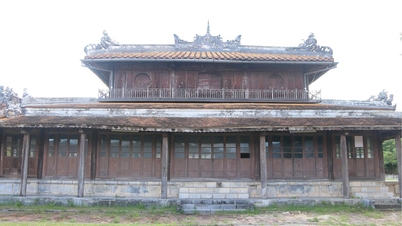

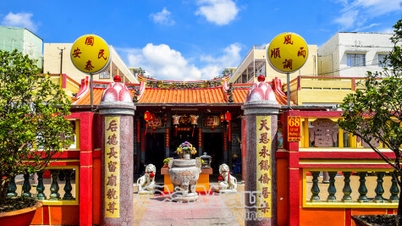

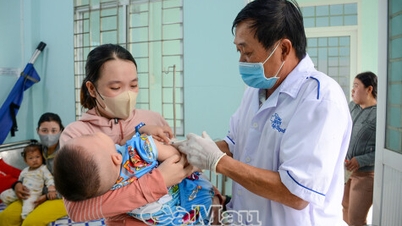

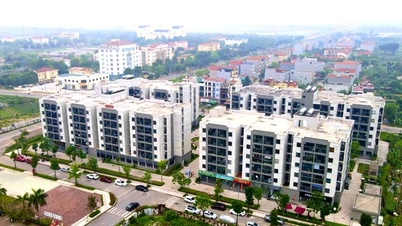
















Comment (0)